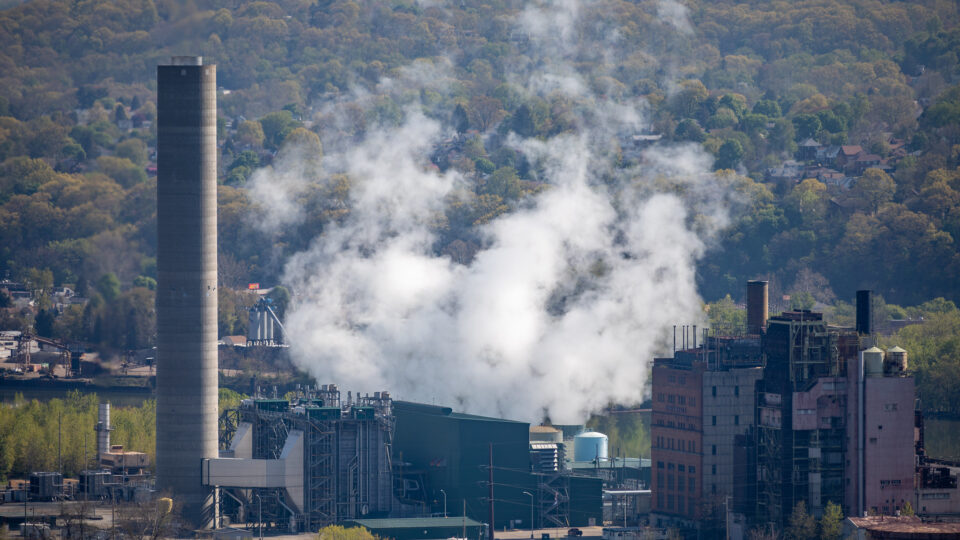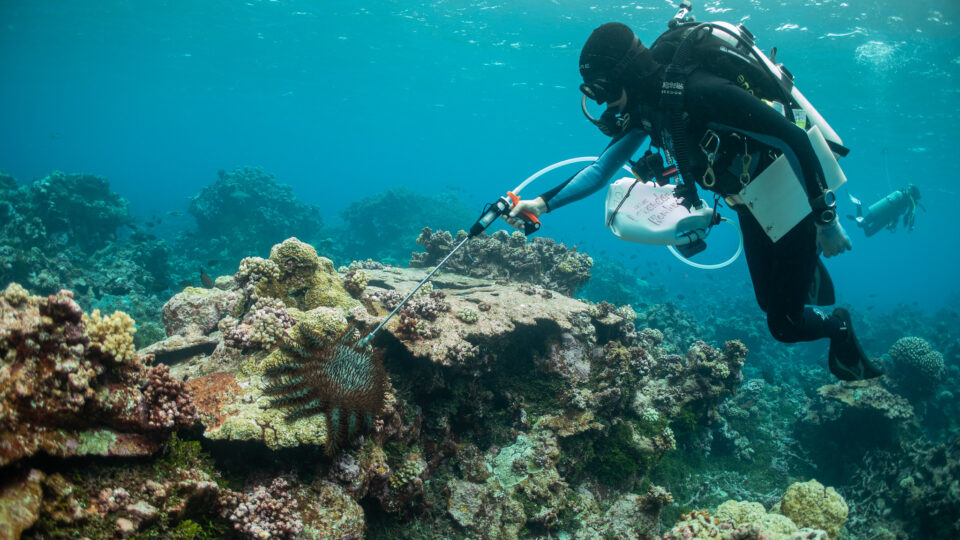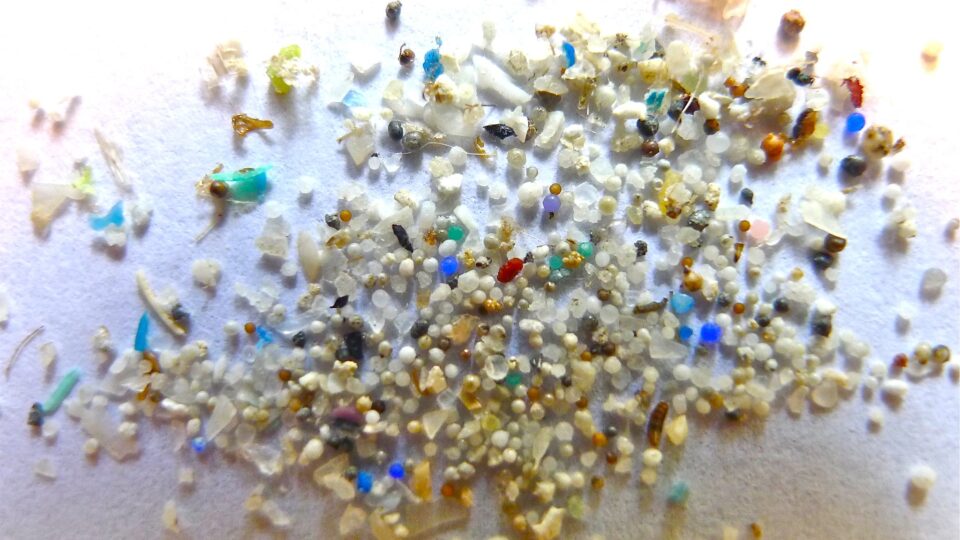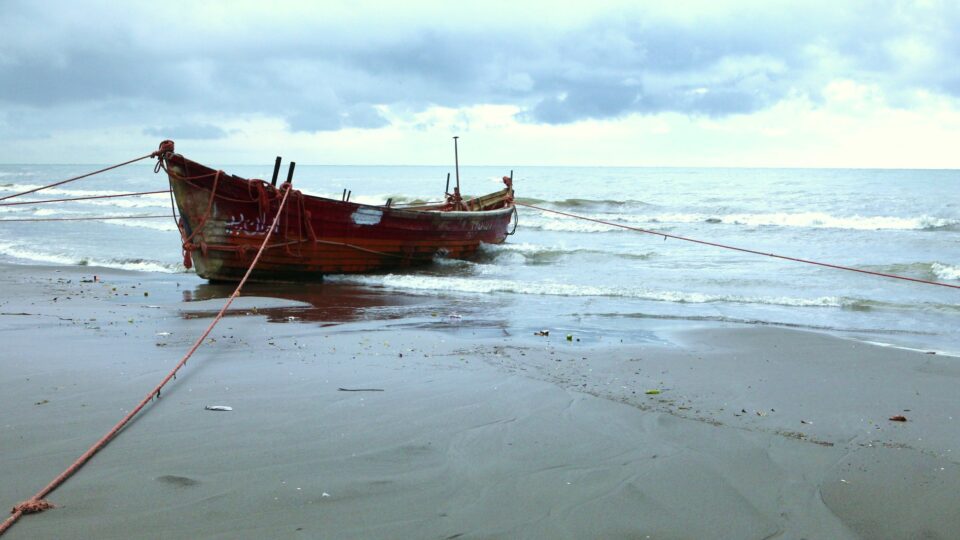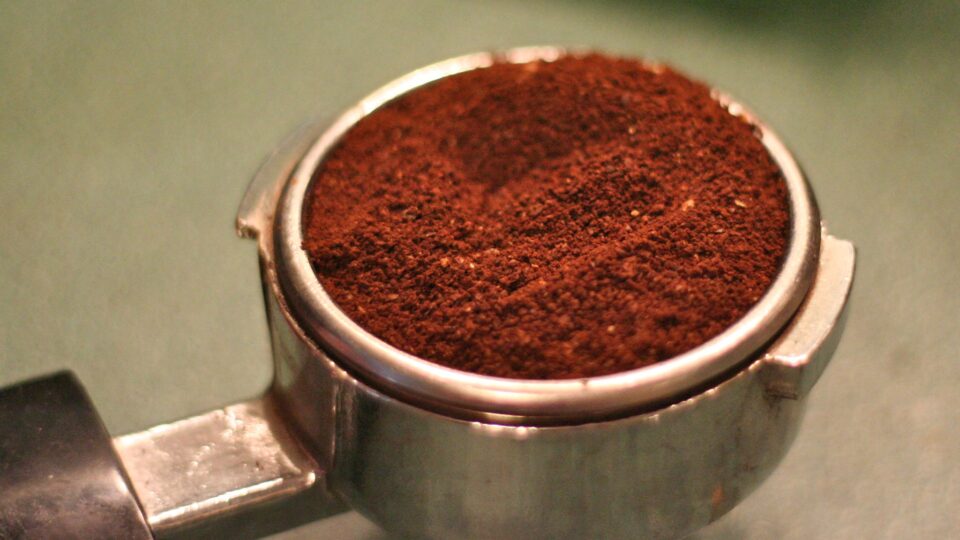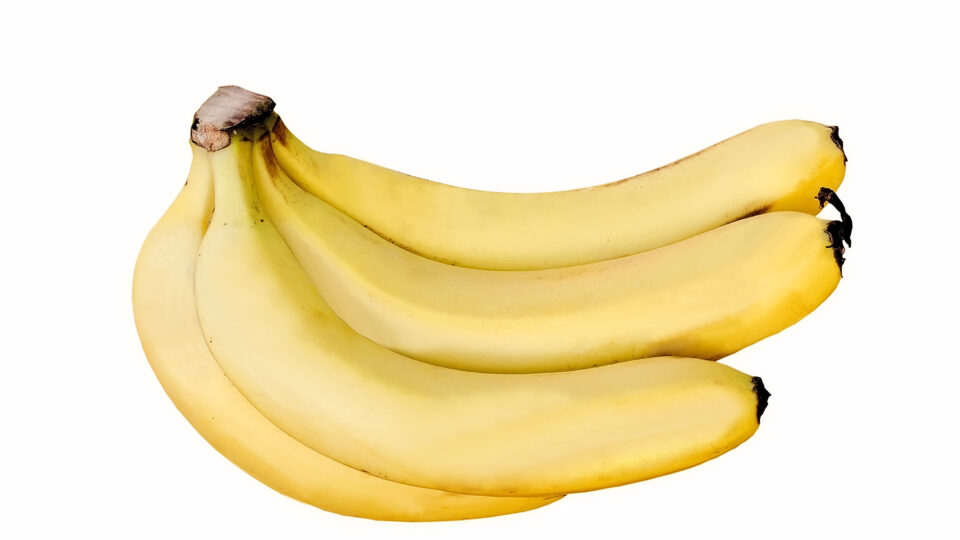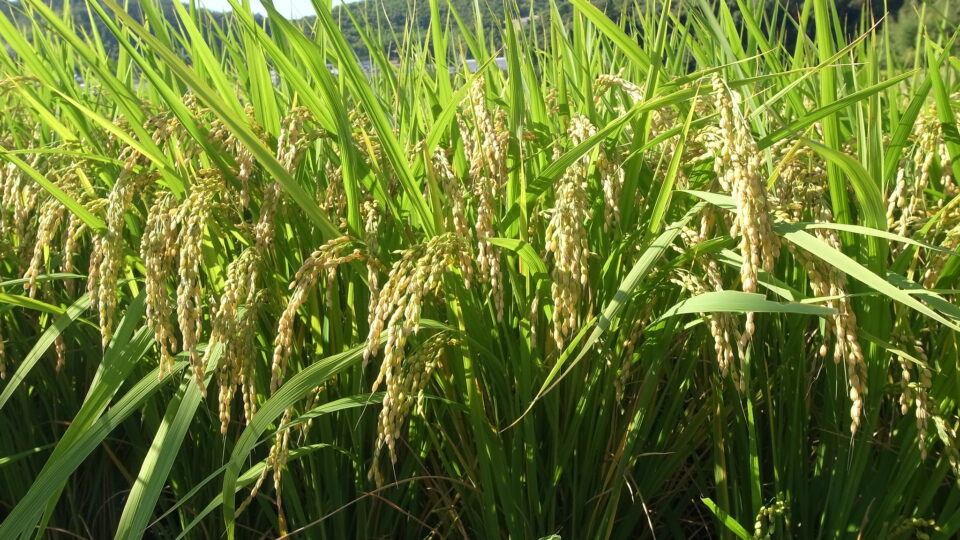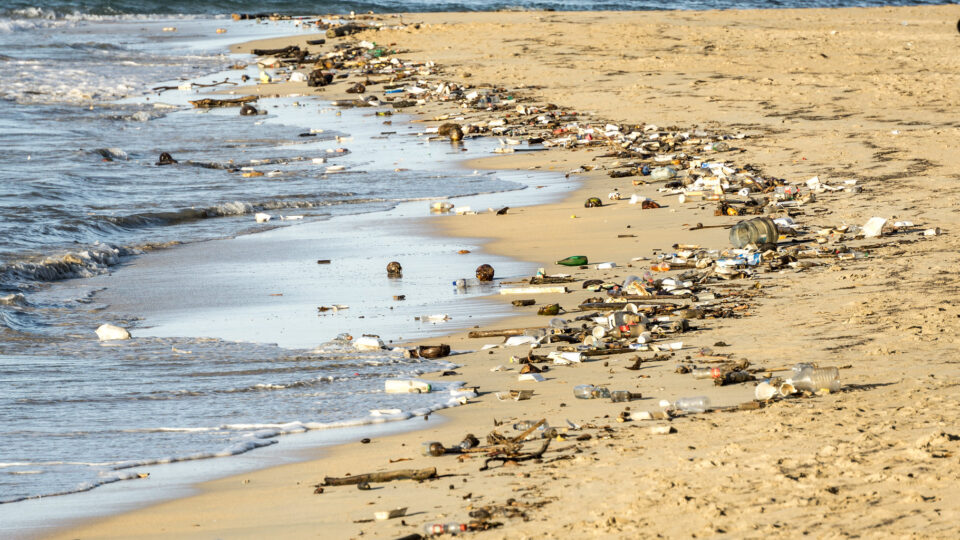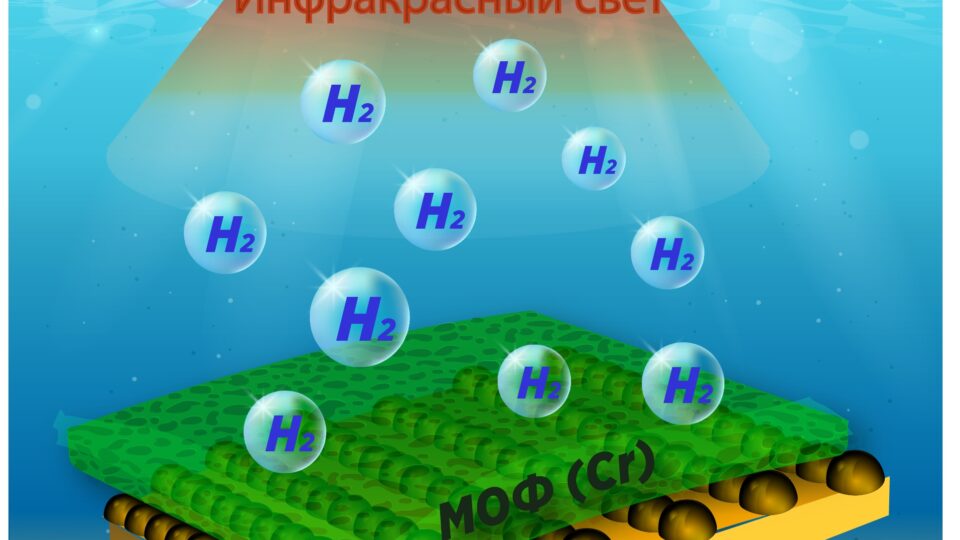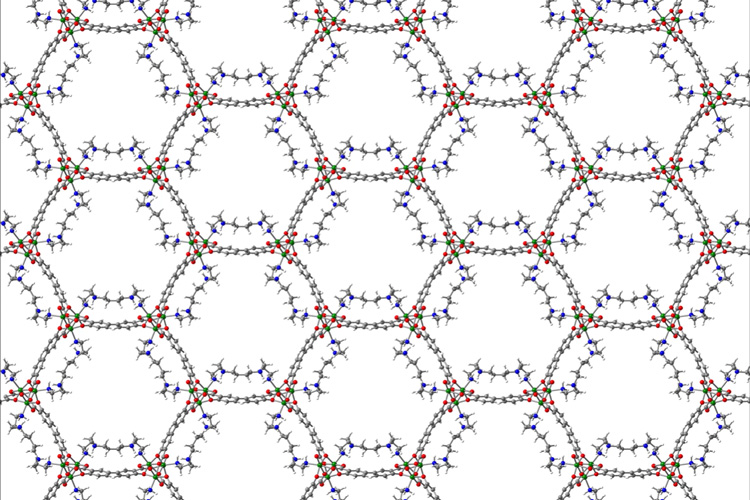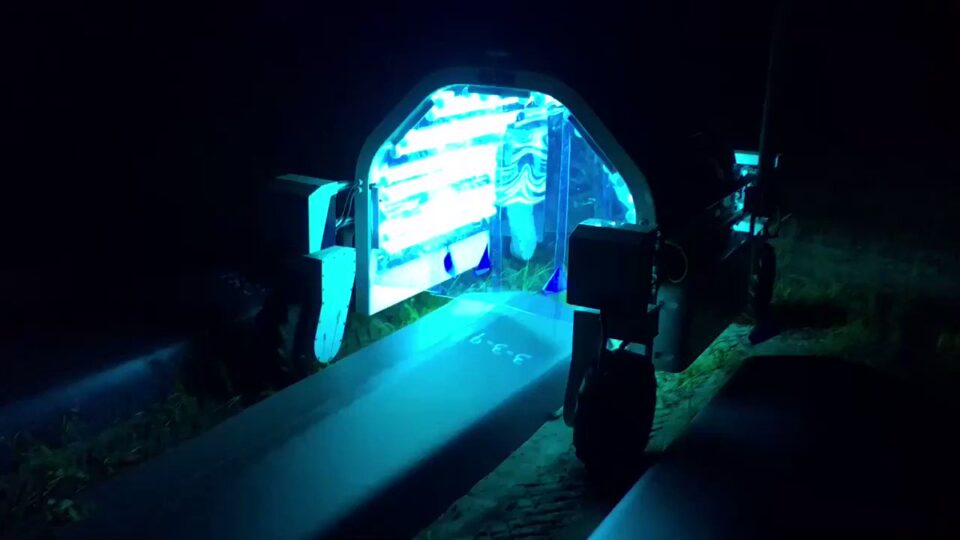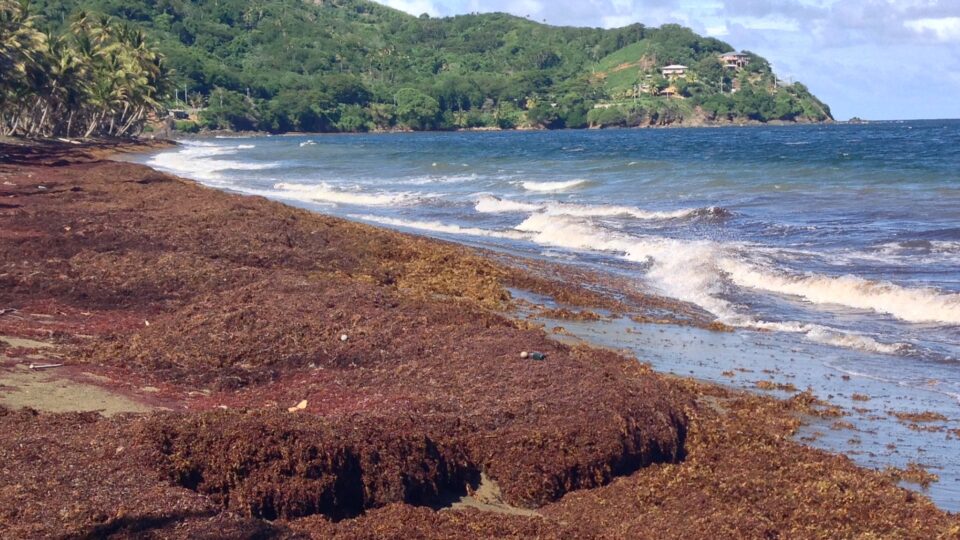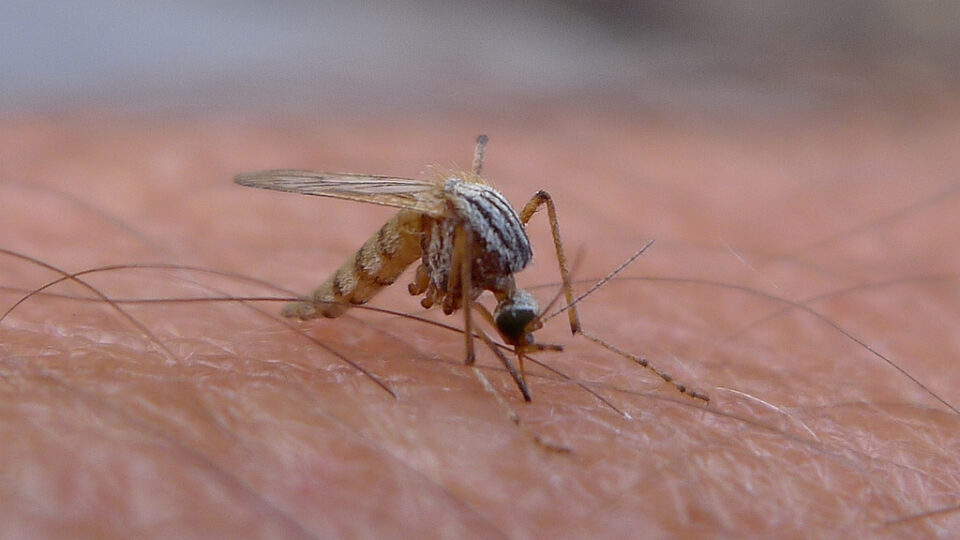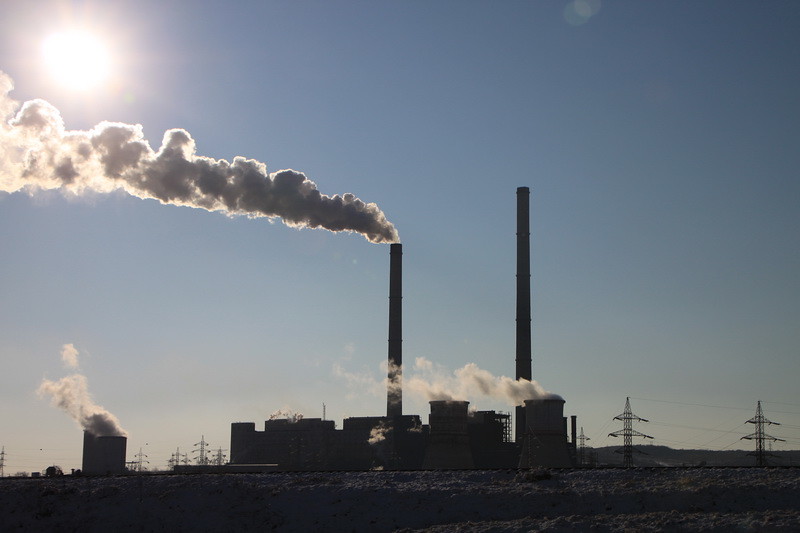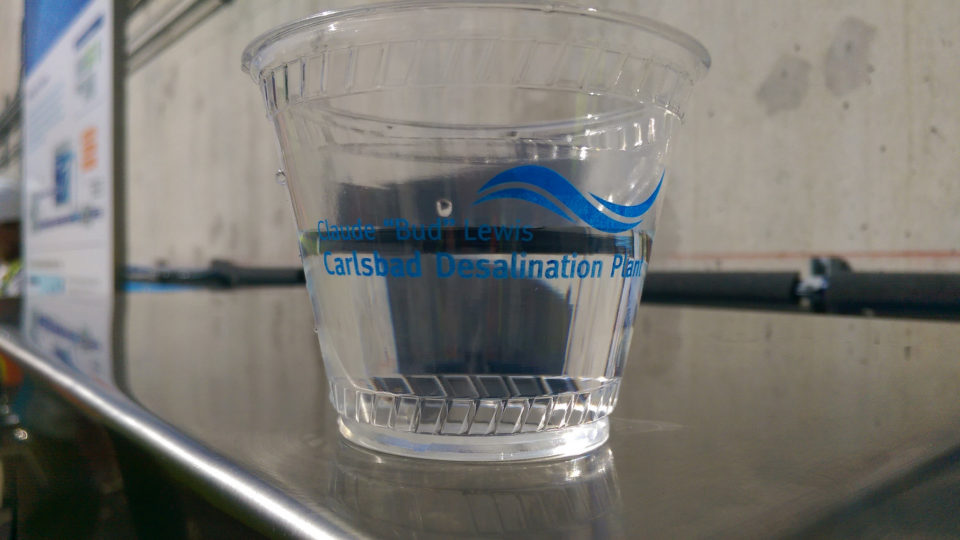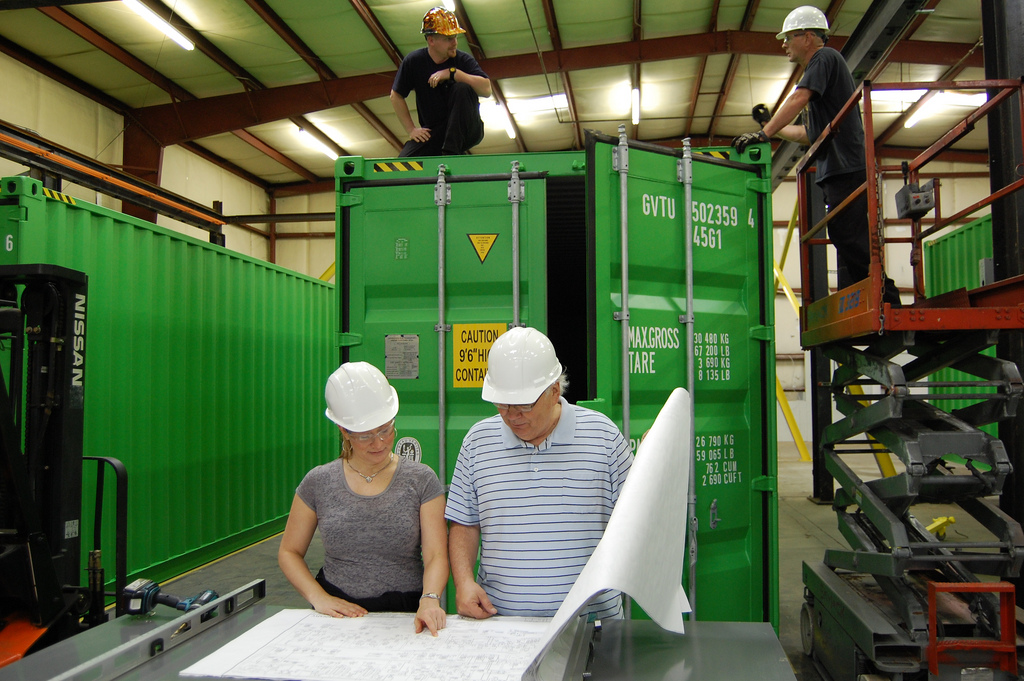As the world grapples with limiting the amount of carbon dioxide in the atmosphere, there is a growing need to capture the carbon dioxide that is emitted as well as preventing it from being emitted in the first place. Carbon capture can be accomplished at the source of emissions (such as power plants) or it can be done by taking it out of the atmosphere. The latter is called “direct air capture”.
It is not at all clear whether direct air capture can be accomplished on a scale that would really make a difference and at an acceptable cost either in dollars or energy expended. But if it can be done that way, it would be a major tool in combatting climate change.
Direct air capture technology generally makes use of sorbent materials whose capacity to capture carbon dioxide and later release it is a function of temperature. The process requires significant amounts of energy to release the carbon dioxide that has been captured.
New research from Northwestern University makes use of the “moisture-swing” technique which uses materials whose ability to capture and release carbon dioxide depends on humidity rather than temperature. While it takes some amount of energy to humidify the volume of air containing the sorbent material, it is very small compared to temperature-driven systems.
There are many groups working with moisture-swing technology, but the Northwestern Group has identified a number of new sorbent materials with superior properties.
The fundamental questions of scalability and cost remain, but moisture-swing is a promising approach to direct air capture. If carbon dioxide can be pulled out of the atmosphere in large volumes, it can be concentrated and stored or converted into useful products.
*********
Web Links
Pulling carbon dioxide right out of the air
Photo, posted May 15, 2020, courtesy of James Watt via Flickr.
Earth Wise is a production of WAMC Northeast Public Radio
